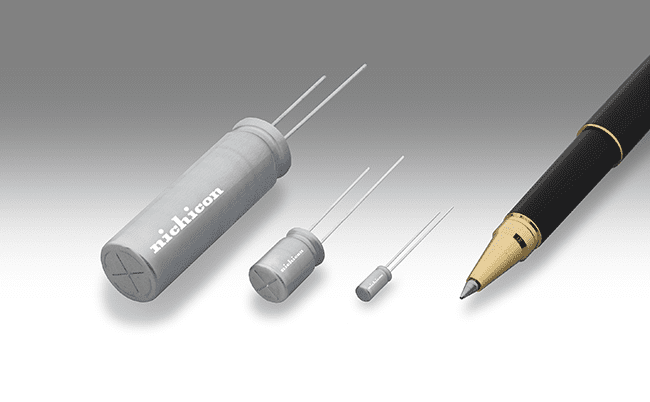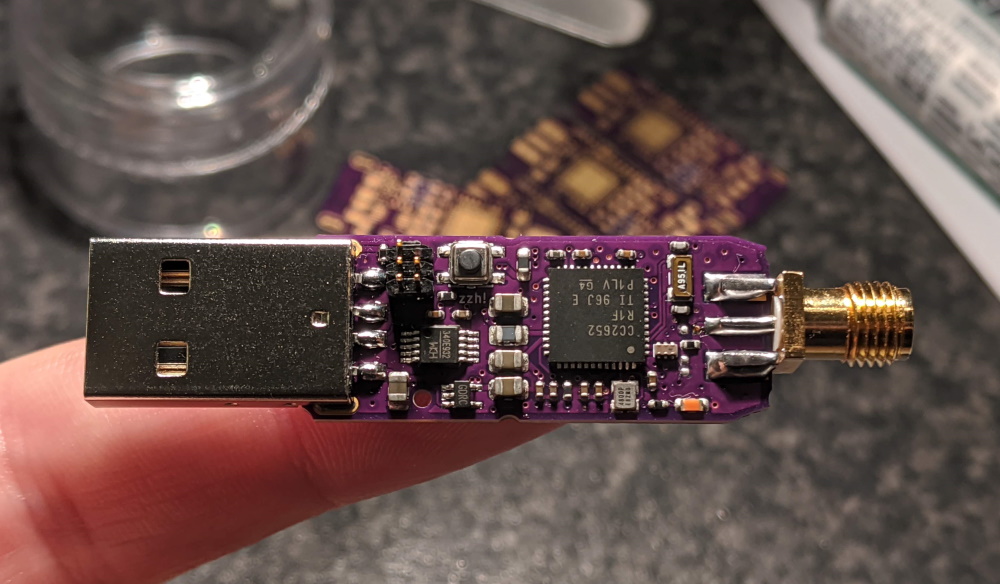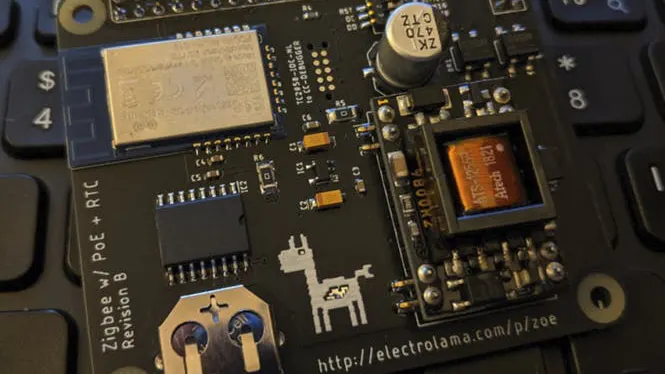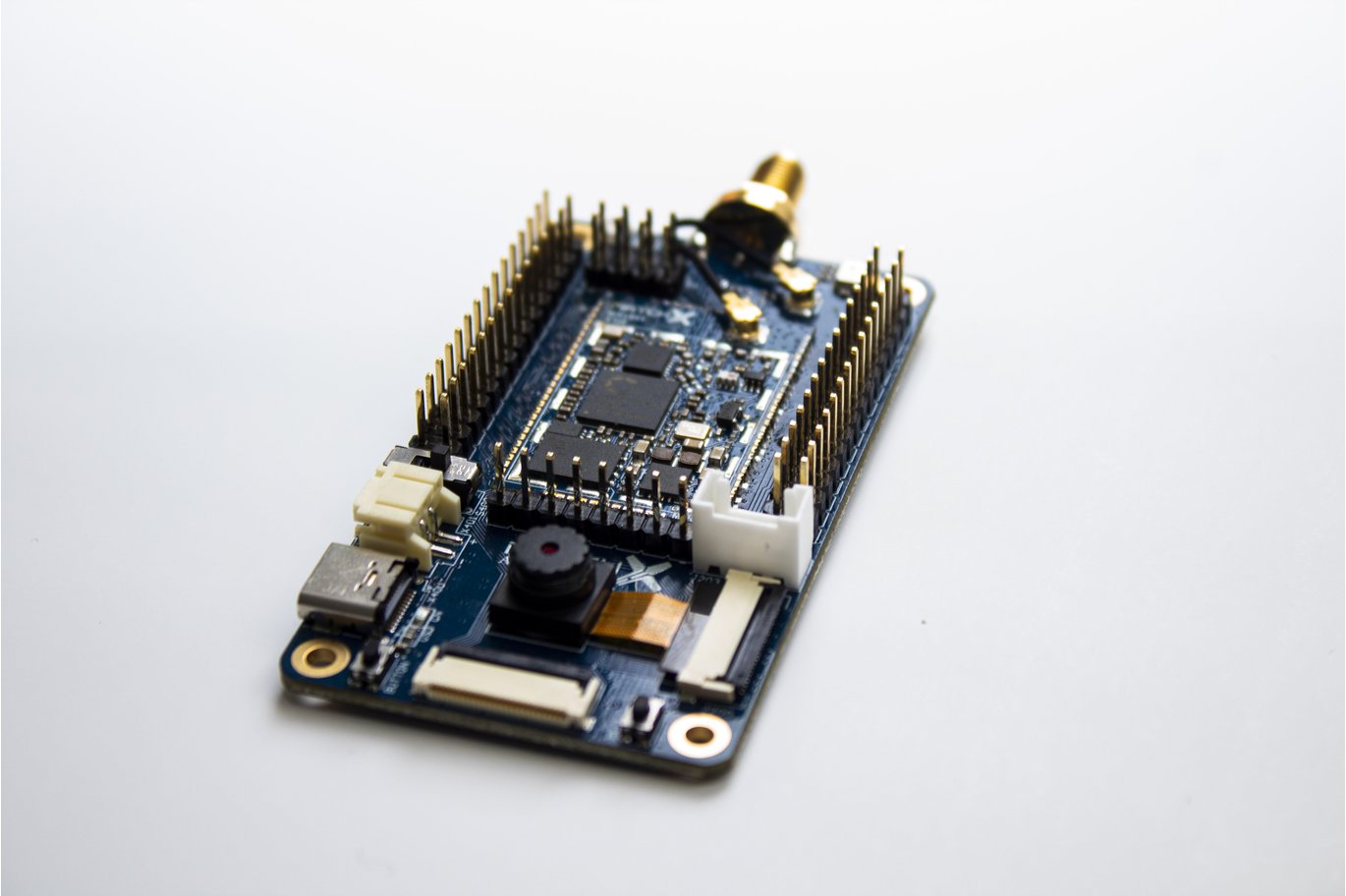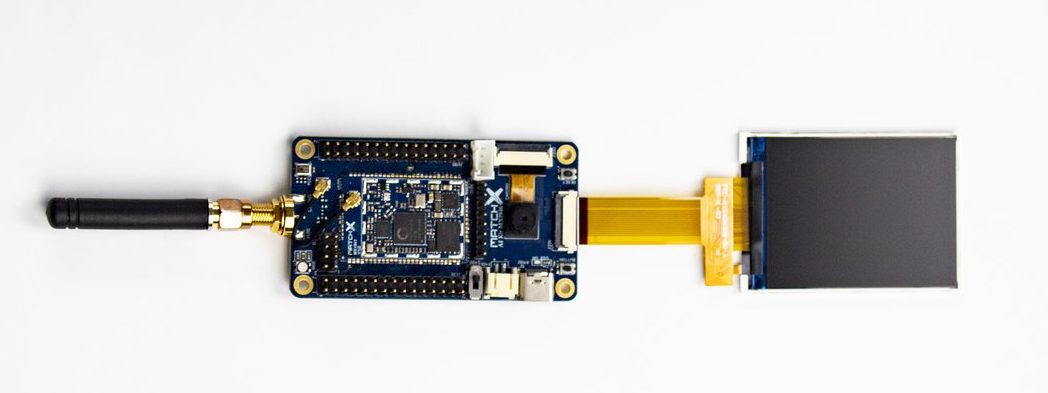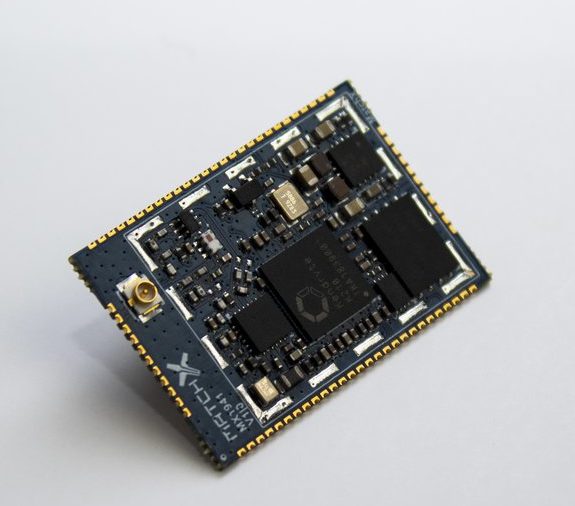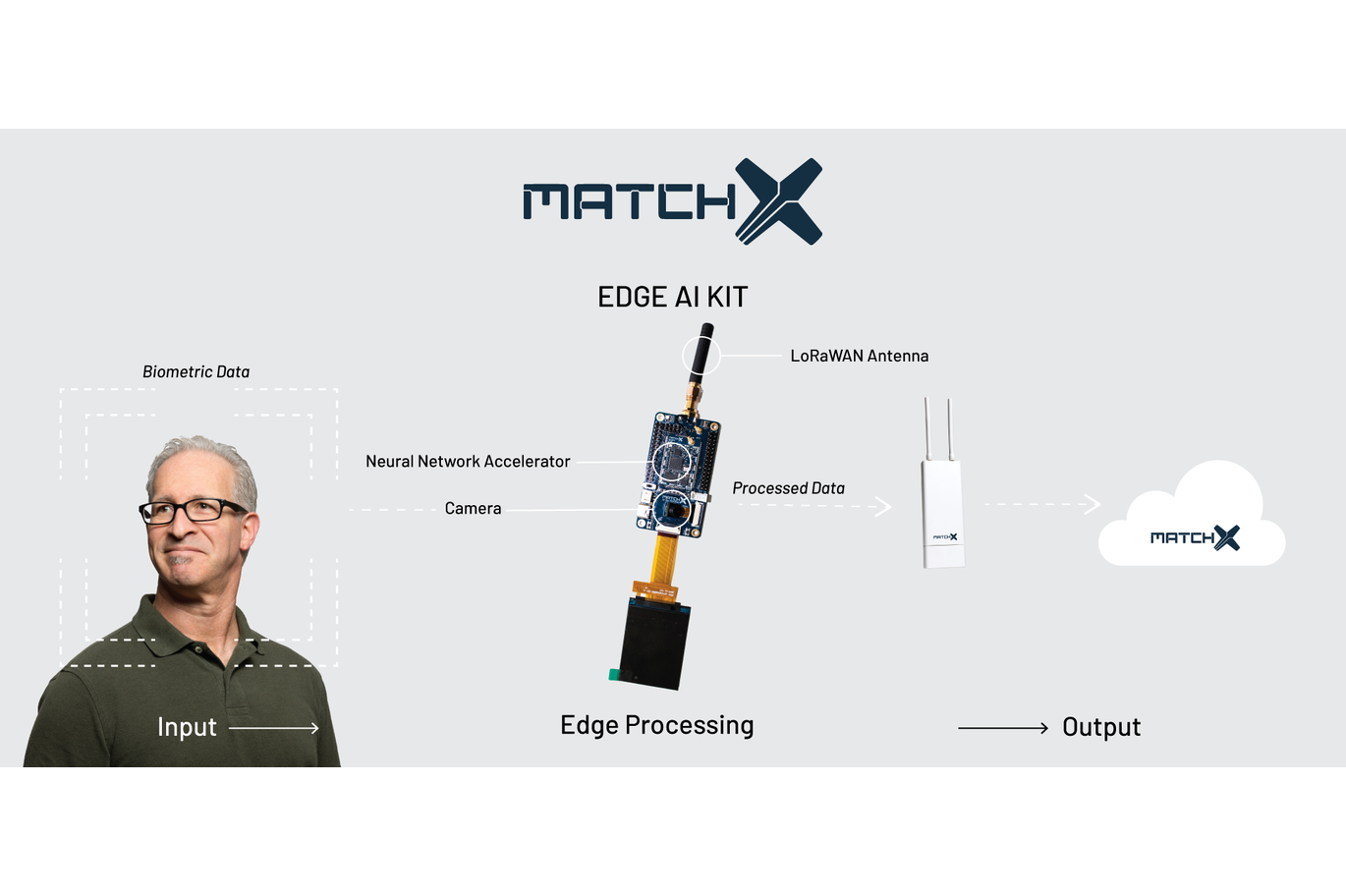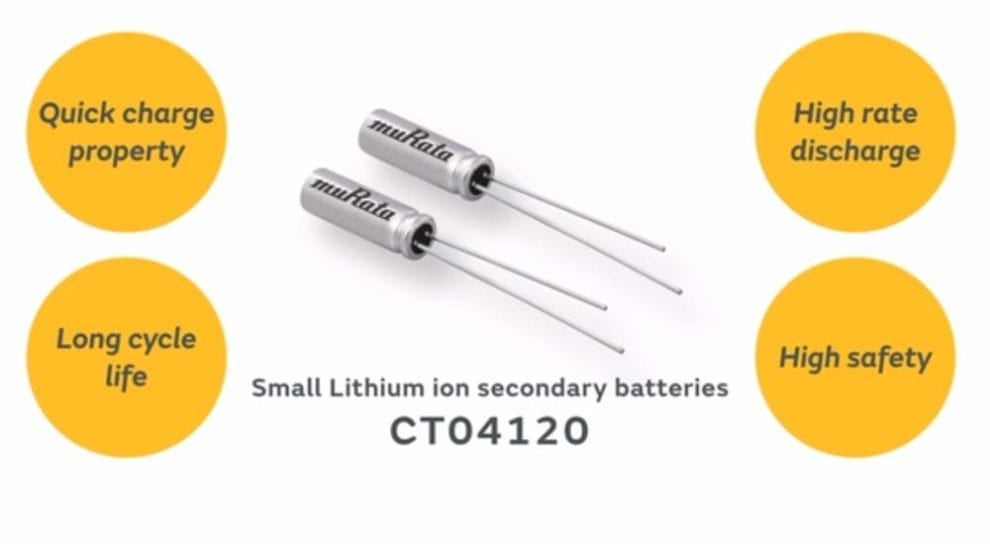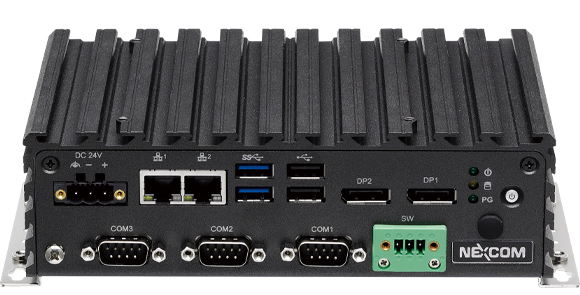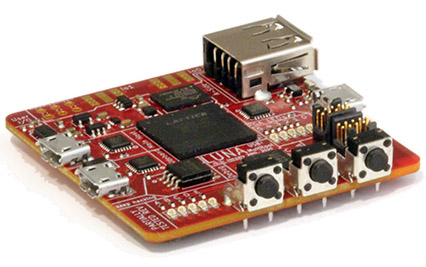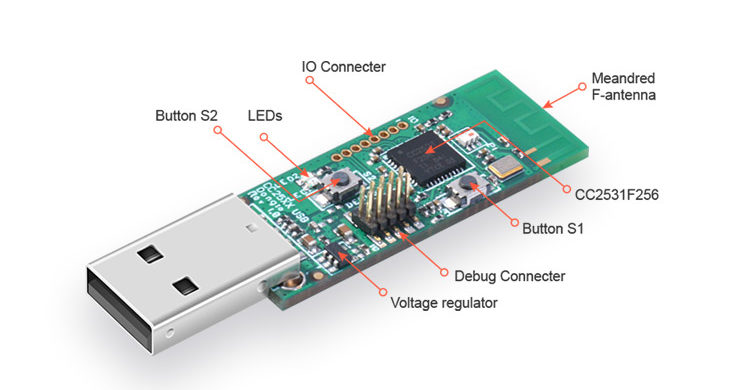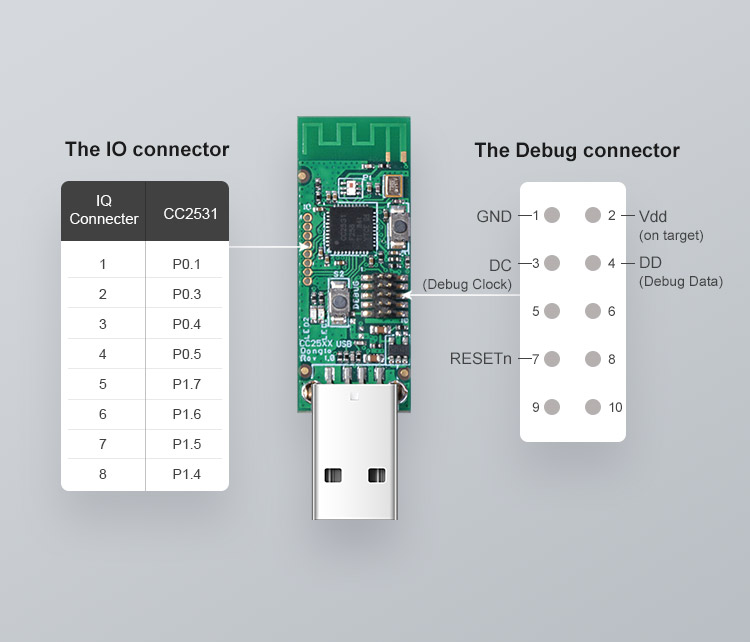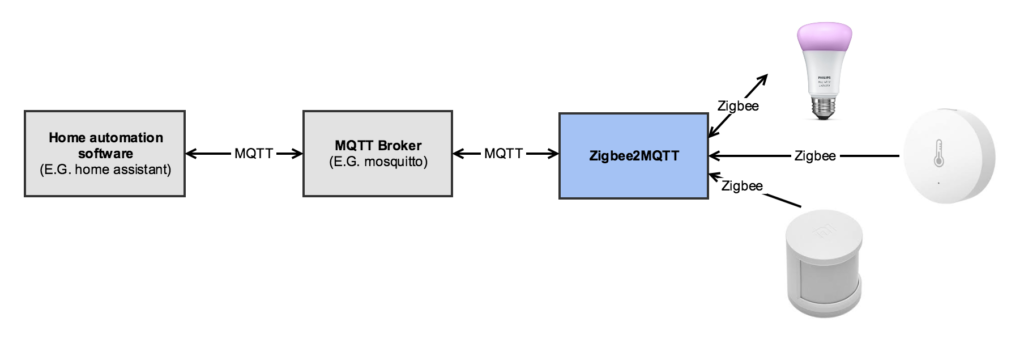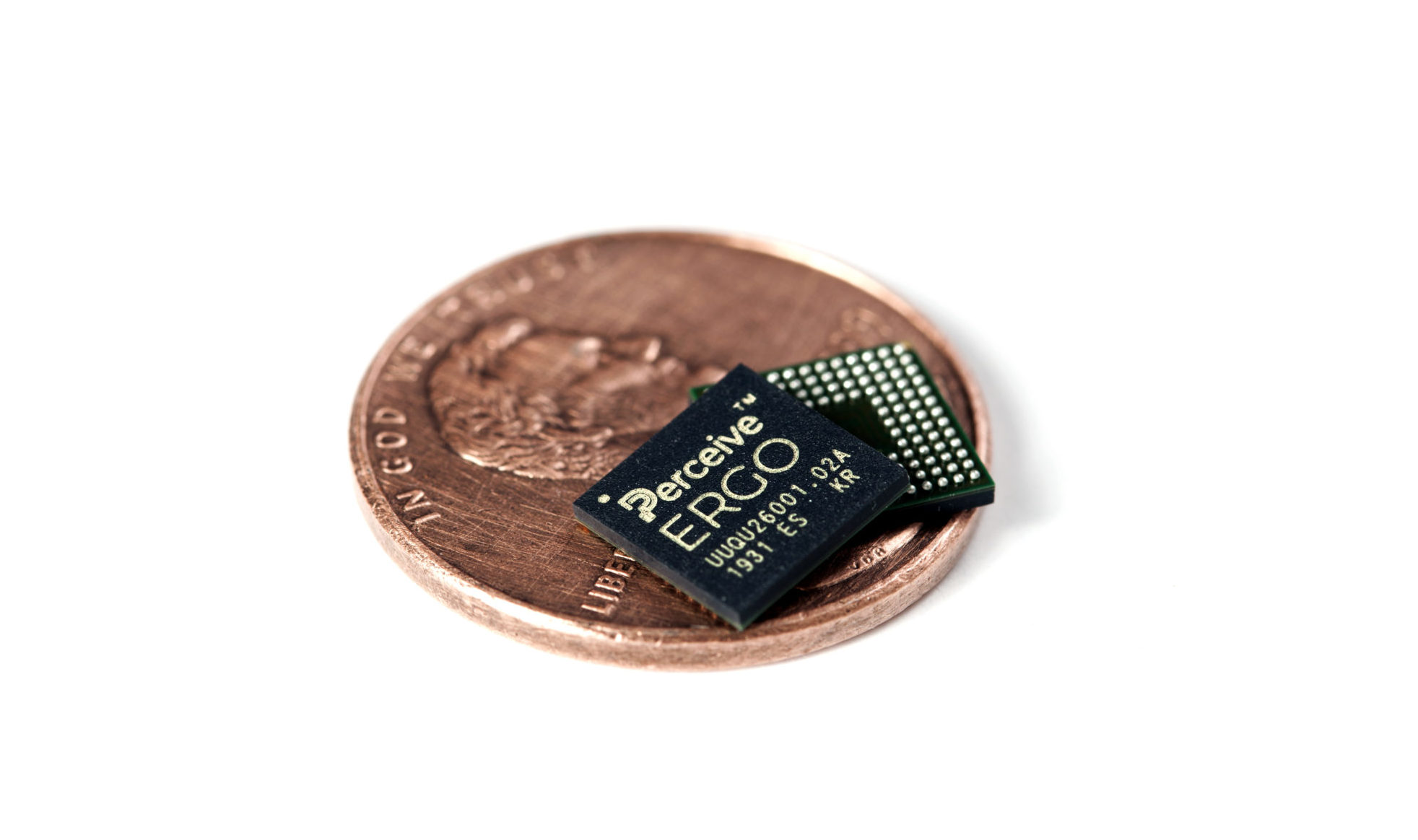
- Introduces breakthrough ErgoTM edge inference processor, delivering 4+ TOPS sustained and 55 TOPS/W, capable of processing large neural networks in 20mW
- Selected by two of the leading providers of smart connected camera and security products to integrate advanced neural network applications into future products
Perceive Corporation, an edge inference solutions company, today launched the company and debuted its first product, the ErgoTM edge inference processor. Ergo brings breakthrough accuracy and performance to consumer devices such as security cameras, smart appliances, and mobile phones. The Ergo chip and reference board are currently being sampled to leading customers and are ready for mass production in the second quarter of 2020.
In an environment where consumers are demanding greater security and privacy, Ergo removes the need to send sensor data from devices to the cloud for analysis. Ergo’s real-time, on-device inference processing makes it ideally suited for devices where consumer experience and privacy of data such as video and audio are of paramount importance. Whether it is reducing false notifications in a security camera, extending battery life in a mobile device, or simplifying the user interface of a home appliance, Ergo improves key device features by enabling comprehension and intelligent reactions to surroundings—without compromising consumer security.
“Everyone wants smarter devices—but until now, only the cloud has provided the requisite accuracy,” said Steve Teig, Chief Executive Officer of Perceive. “Perceive has developed novel, mathematically rigorous methods for inference that redefine what is possible in an edge device. Our Ergo chip delivers data center-class accuracy and performance in consumer devices, protecting privacy and security while running at ultra-low power.”
Perceive was incubated by and is a majority-owned subsidiary of Xperi Corporation (Nasdaq: XPER), a leader in audio, imaging and semiconductor technology focused on creating innovative solutions for smart devices that enable extraordinary experiences for people around the world.
“Perceive’s launch today represents the culmination of two years of focused innovation and investment within Xperi that combines Perceive’s work on advanced machine learning with our unique experience in imaging, audio, and semiconductor technologies. The result is a truly game-changing smart device technology platform,” said Jon Kirchner, Chief Executive Officer of Xperi. “With the potential to reach billions of devices across IoT in home, mobile, and automotive applications, the Perceive platform brings a new additional driver to our business and has the potential to unlock substantial future growth. We are dedicated to supporting Perceive as it comes out of stealth and accelerates its commercialization, partner engagement, and product rollout to realize the significant value of its technology.”
Perceive Enables Customers to Deliver Groundbreaking Consumer Devices
There is a growing divergence between the limited capabilities of edge inference processors, or even applications processors, and the rising complexity of the most advanced neural networks, which until now could run only in data centers. Perceive bridges that gap by enabling multiple sophisticated networks such as YOLOv3, M2Det, and others to run on Ergo. By simultaneously providing high accuracy, high performance, and ultra-low power at the edge, Perceive enables device makers to provide a better experience with intelligent features for smart devices such as reducing incorrectly detected camera alerts for security customers, while extending battery life and improving privacy for consumers.
Along with the Ergo inference chip, Perceive is providing a complete solution to OEMs, including reference boards, as well as standard imaging and audio inferencing applications for common inferencing tasks. Customers can also tune the applications or create novel applications with support from Perceive. Recognized leaders in the connected camera and security industry have already selected Ergo to integrate advanced neural network applications into their future products.
“We have been working with industry leaders such as Arlo since our inception and look forward to supporting them as they build amazing products that take advantage of the capabilities of Ergo,” said David McIntyre, Vice President of Marketing for Perceive. “We look forward to partnering with Arlo to reinforce our shared focus on privacy and customer-centric innovation.”
No Compromises: Perceive Delivers Data Center-Class Accuracy, Performance, Security, and Privacy at Ultra-Low Power
The Ergo edge inference processor delivers more than 4 sustained GPU-equivalent floating-point TOPS, with the ability to run heterogeneous, large neural networks simultaneously, powering applications such as video object detection, audio event detection, and speech recognition. For example, Ergo can run YOLOv3 at up to 246 frames per second (batch size = 1) at 30 frames per second while consuming about 20 mW. Ergo supports a wide variety of currently popular styles of neural network for video, audio, and other sensor processing, including CNNs (multiple sizes of convolutions and residual edges), RNNs, LSTMs, and others, providing developers of camera, security and other consumer products ample options for solving real-world problems.
Ergo requires no external RAM and its small, 7×7 mm package makes it well suited for use in consumer electronics such as phones and cameras. By eliminating the need to send data to the cloud for inference and by encrypting the neural networks, software, and access to the chip, Ergo enhances device security and privacy.
The chip’s ultra-high power efficiency of more than 55 TOPS/Watt—20 to 100 times the efficiency of alternatives—enables longer battery life and produces less heat, allowing for smaller and more versatile product packaging. The company has partnered with the leading specialty foundry, GLOBALFOUNDRIES, to manufacture the Ergo chip on their 22FDX® platform.
About Perceive Corporation
Perceive makes devices smarter. The company develops breakthrough neural network inference solutions that push the performance-accuracy-power envelope, while protecting the security and privacy of consumers. By bringing data center-class accuracy and performance to the edge, Perceive enables device makers to deliver smarter products that understand their environment and respond intelligently. Founded in 2018, Perceive is a majority-owned subsidiary of Xperi Corporation (NASDAQ: XPER). Perceive is based in San Jose, California. For more information, visit https://www.perceive.io.
About Xperi Corporation
Xperi Corporation (Nasdaq: XPER) and its brands DTS, IMAX Enhanced, HD Radio, and Invensas, are dedicated to creating innovative technology solutions that enable extraordinary experiences for people around the world. Xperi’s solutions are licensed by hundreds of leading global partners and have shipped in billions of products in areas including premium audio, automotive, broadcast, computational imaging, computer vision, mobile computing and communications, memory, data storage, and 3D semiconductor interconnect and packaging. For more information, please call 408-321-6000 or visit www.xperi.com.


